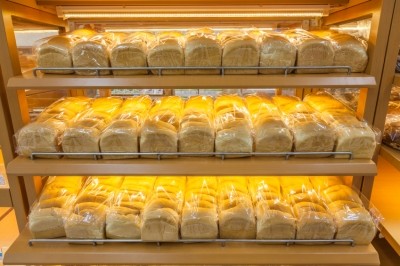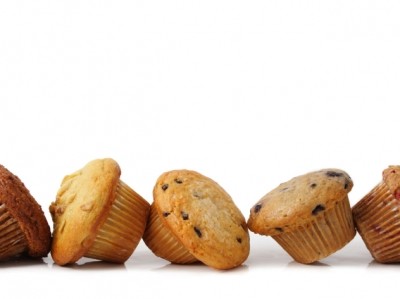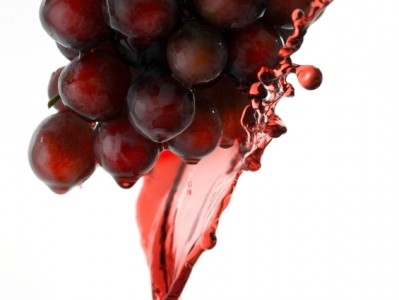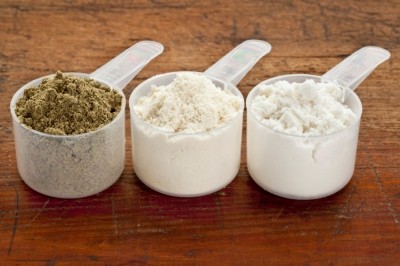Quinoa leaf bread: Antioxidant activity lower than expected
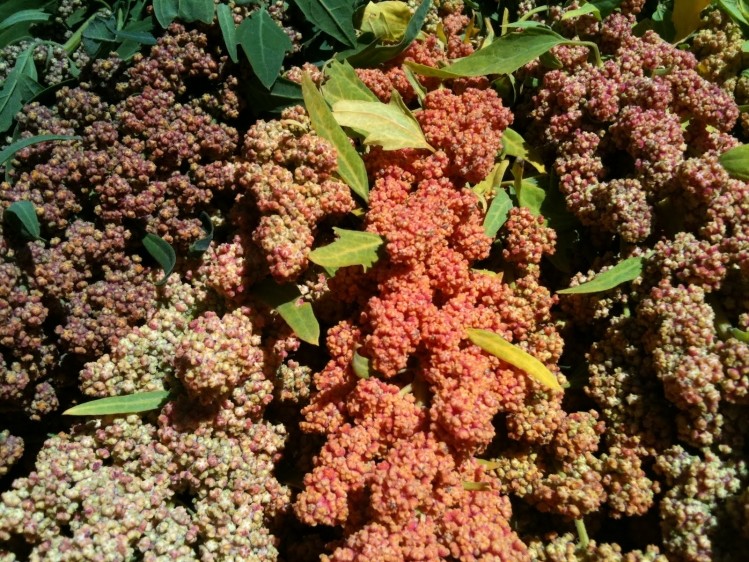
Published in the journal of Food Chemistry, researchers from the University of Life Sciences in Poland incorporated quinoa leaves (QL) into bread products and found that the ingredient upped the antioxidant profile of bread but not to the degree that was expected.
“Fortification positively affected antioxidant properties and phenolic contents; however, in some cases experimental values were significantly lower than those predicted,” the researchers wrote.
“The lowering of AA may be caused by the blocking of reactive groups of polyphenols by bread components,” they said.
Protein-phenolic interactions
Findings showed that interactions between the QL and bread proteins and starch lowered antioxidant capacity, and reduced the digestibility of the starch and proteins in the bread.
“This study demonstrated that enrichment of wheat bread with QL is an effective technique to improve the antioxidant potential of the final product. However, it should be mentioned that the quality and biological effect of fortified bread are affected by multiple factors, inter alia phenolic–protein interactions,” the researchers wrote.
They said for newly-designed fortified breads a thorough analysis was needed because of these interactions.
Bread quality hit, digestibility altered
Findings showed that phenolic acids could change the rheological properties of wheat bread dough, decreasing bread volume and affecting bread-making quality by altering flour proteins.
QL led to a decrease in loaf volume as the percentage of QL increased in the wheat dough (from 426.4 cm3 for control bread to 373.5 cm3 for bread containing 4% QL), and changes in the textural properties of the bread crumb were also noted.
“The addition of QL caused changes in the textural properties of bread crumb. With the replacement of wheat flour by QL (1–5%), a linear increase was observed in bread crumb hardness. Besides this, the addition of QL increased the cohesiveness and gumminess of bread,” the researchers wrote..
Incorporation of QL also led to a significant reduction in starch and protein digestibility, they found. Starch digestibility of bread with 5% QL fell by 11.8% in comparison to the control bread. Changes in protein digestibility were less dramatic but dropped 3.2% in bread supplemented with 3% QL.
“One of the most important factors affecting the nutritional and nutraceutical quality of the obtained products is the interaction of QL phenolics with wheat starch and proteins,” explained the scientists.
“Interactions between phenolic compounds and digestive enzymes are known to modify their physico-chemical and structural properties, which consequently may result in a lowering of enzymatic activity and in a decrease in the bioavailability of food components.”
Study details
Researchers investigated bread volume and textural properties, the effectiveness of fortification with antioxidants, nutrient digestibility and content, as well as the presence of protein–phenolic interactions.
Wheat bread flour (600g) was used in the control bread formula, and was incrementally replaced by QL at 1%, 2%, 3%, 4% and 5% levels in test samples. The dough preparation was completed with 6g of instant yeast and 12g of salt.
Batches were mixed in a spiral mixer for six minutes and after fermentation pieces of dough (300g each) were baked at temperatures up to 230C for 30 minutes. After baking, the bread was left to stand for 24 hours at room temperature.
Source: Food Chemistry
http://dx.doi.org/10.1016/j.foodchem.2014.04.044
“Bread enriched with quinoa leaves – The influence of protein–phenolics interactions on the nutritional and antioxidant quality”
Authors: M. Swieca, L. Seczyk, U. Gawlik-Dziki and D. Dziki
